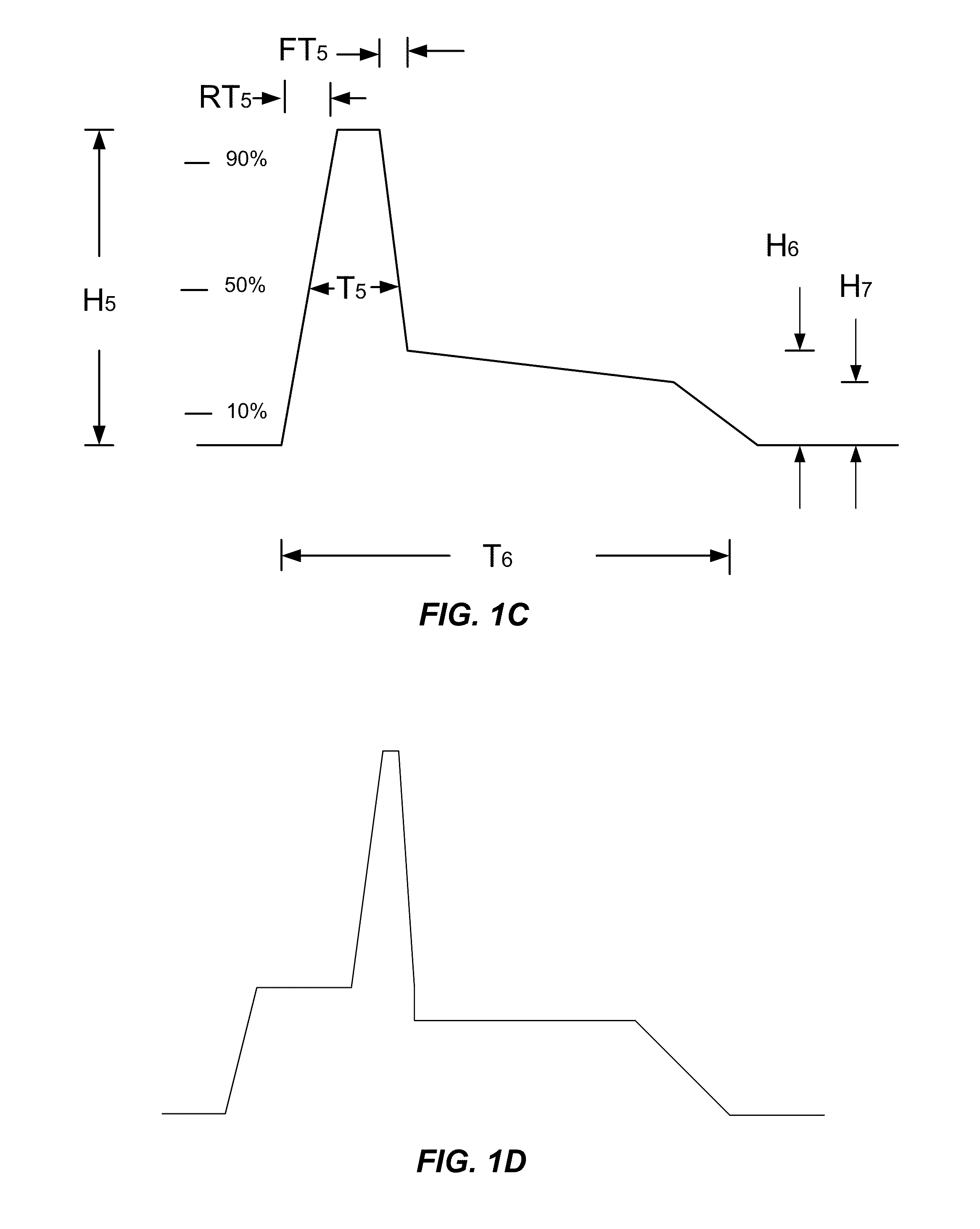Method and apparatus to scribe thin film layers of cadmium telluride solar cells
a solar cell and cadmium telluride technology, applied in the field of laser processing materials, can solve the problems of significant micro-cracking in the substrate, significant micro-cracking in the glass substrate and on the scribed edges of zno material, and achieve the effect of improving the quality of the scribing process
- Summary
- Abstract
- Description
- Claims
- Application Information
AI Technical Summary
Benefits of technology
Problems solved by technology
Method used
Image
Examples
Embodiment Construction
[0040]In the manufacturing process of solar cells, flat panel displays, and digital displays, a thin film of a transparent conducting oxide (TCO) material deposited on a glass substrate must be segmented by scribing lines in the TCO material, thereby segmenting to provide electrical isolation between the TCO segment on one side of the line and the TCO segment on the other side of the line. Scribing a line using a pulsed laser is a multiple pulse process using a burst of many laser pulses whereby each pulse is focused to a spot on the thin film and the spot is scanned along the desired line to be scribed such that there is some overlap between each spot with the previous spot and the following spot. The width of the scribed line is determined primarily by the size of the focused laser spot. Widths for lines are scribed in a ZnO thin film on a glass substrate range from 10 microns to 100 microns although even thinner lines can be achieved. A certain amount of spot overlap is used to a...
PUM
| Property | Measurement | Unit |
|---|---|---|
| thickness | aaaaa | aaaaa |
| thickness | aaaaa | aaaaa |
| peak power level | aaaaa | aaaaa |
Abstract
Description
Claims
Application Information
 Login to View More
Login to View More - R&D
- Intellectual Property
- Life Sciences
- Materials
- Tech Scout
- Unparalleled Data Quality
- Higher Quality Content
- 60% Fewer Hallucinations
Browse by: Latest US Patents, China's latest patents, Technical Efficacy Thesaurus, Application Domain, Technology Topic, Popular Technical Reports.
© 2025 PatSnap. All rights reserved.Legal|Privacy policy|Modern Slavery Act Transparency Statement|Sitemap|About US| Contact US: help@patsnap.com



